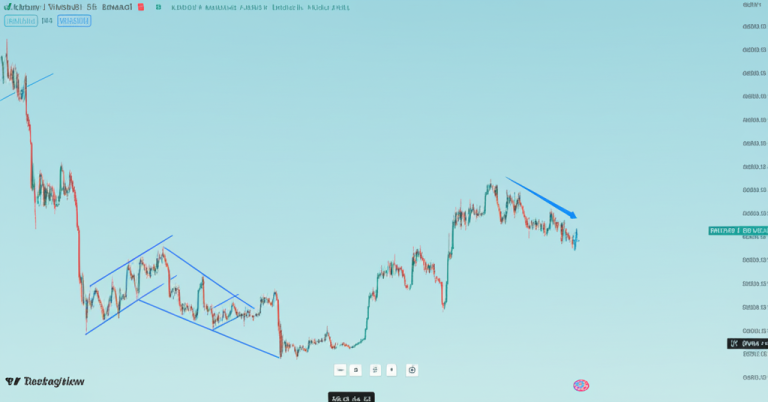Crypto’s Next Chapter: The Rise of ‘One-Stop-Shop’ Multi-Asset Platforms
Introduction
Imagine walking into a bustling stock exchange a decade ago. You’d find traders shouting orders, brokers rushing between desks, and a labyrinth of separate departments for different asset classes. Today, that’s the crypto market. But change is afoot. Major players are merging and acquiring, aiming to create ‘one-stop-shop’ multi-asset investment platforms. This shift, according to a recent report by Bernstein, is set to reshape the crypto landscape and how we invest in digital assets.
The Fragmented Crypto Market
The crypto market today is a patchwork of specialized platforms. You’ve got your spot exchanges for trading, derivatives platforms for hedging, lending platforms for yield farming, and decentralized exchanges for privacy. Each serves a unique purpose, but navigating this maze can be daunting for new investors.
The Emergence of Multi-Asset Platforms
Enter multi-asset investment platforms. These platforms aim to consolidate various services under one roof, offering users a seamless, integrated experience. Coinbase, for instance, has evolved from a simple Bitcoin exchange to a platform offering trading, custody, staking, and even a debit card.
M&A: The Catalyst for Change
Mergers and acquisitions (M&A) are driving this transformation. Established players are snapping up smaller firms to expand their service offerings. Coinbase is reportedly in talks to acquire Deribit, a crypto derivatives exchange, while Kraken is set to acquire NinjaTrader, a trading platform. Even traditional finance giants like Fidelity and Charles Schwab are dipping their toes into crypto, offering custody and trading services.
The Benefits of Consolidation
The rise of multi-asset platforms brings several benefits:
– Ease of Use: A one-stop-shop simplifies investing, attracting a broader range of users.
– Increased Liquidity: More users mean more trading volumes, leading to deeper liquidity and tighter spreads.
– Risk Mitigation: Diversifying services helps platforms weather market volatility and regulatory changes.
– Mainstream Adoption: Integrated platforms make crypto investing feel more familiar, encouraging institutional and retail investors alike.
Challenges Ahead
While the future looks bright, there are challenges to overcome:
– Regulatory Hurdles: Regulators are still grappling with how to treat digital assets. Multi-asset platforms may face increased scrutiny.
– Technological Integration: Merging different platforms and technologies can be complex and costly.
– Competition: Established players aren’t the only ones eyeing this space. Decentralized platforms and startups are also innovating.
Conclusion: The Future is Integrated
The crypto market is growing up. As it matures, we can expect to see more consolidation and integration. Multi-asset investment platforms are the natural next step, offering users a seamless, familiar investing experience. This trend will likely lead to increased institutional investment, mainstream adoption, and a more stable, mature market. But it won’t be smooth sailing. Regulatory challenges and technological hurdles await. Nevertheless, the future of crypto is integrated, and that’s an exciting development for investors and the industry alike.
Sources
– CoinDesk – Coinbase’s reported acquisition of Deribit
– The Block – Kraken’s acquisition of NinjaTrader
– Fidelity – Fidelity’s crypto custody and trading services
– Bernstein – Bernstein’s report on Coinbase’s potential
– Coinbase Blog – Coinbase’s expanding service offerings





